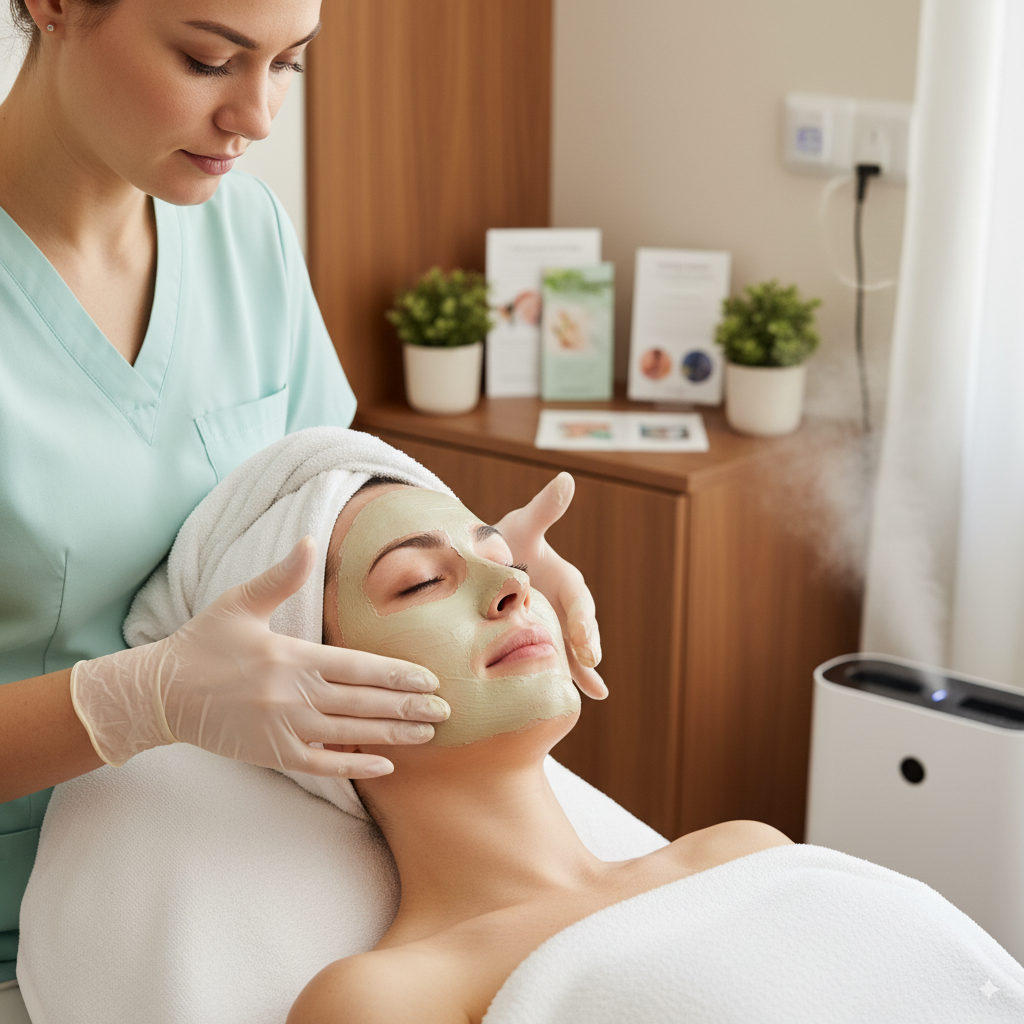Cancer treatment is a testament to your strength and resilience. While these powerful therapies fight the disease, they can sometimes bring about unexpected changes, especially for your skin. Understanding these changes and knowing how to care for your skin can make a significant difference in your comfort and overall well-being during this challenging time.
Why Does Treatment Affect Your Skin?
The various forms of cancer treatment—chemotherapy, radiation, targeted therapy, and immunotherapy—are designed to target rapidly dividing cells. Unfortunately, this often includes healthy, rapidly dividing cells in your body, like those found in your skin, hair, and nails.
• Chemotherapy can damage cells that contribute to skin barrier function, leading to dryness, sensitivity, and sometimes rashes.
• Radiation therapy directly impacts the skin in the treated area, often causing redness, peeling, itching, and increased sensitivity, similar to a sunburn.
• Targeted therapies aim at specific molecules involved in cancer growth but can also interfere with healthy skin cell processes, resulting in issues like acne-like rashes, dry skin, and nail changes.
• Immunotherapy, while boosting your body’s own immune response, can sometimes trigger inflammatory reactions in the skin.
These effects can range from mild dryness and itching to more significant concerns like painful rashes, peeling, and increased photosensitivity. But the good news is, there are proactive steps you can take to minimize these side effects and nurture your skin.
Proactive Care: Preventing and Minimizing Skin Side Effects
Taking a proactive approach to skin care before, during, and after treatment can significantly improve your experience.
1. Moisturize, Moisturize, Moisturize: This is perhaps the most crucial step. Use a thick, emollient, fragrance-free moisturizer at least twice a day, especially after showering. Look for ingredients like ceramides, hyaluronic acid, and shea butter to help repair and maintain your skin’s barrier.
2. Gentle Cleansing: Opt for mild, fragrance-free cleansers. Hot water can strip your skin of its natural oils, so use lukewarm water for baths and showers.
3. Sun Protection is Paramount: Your skin will be more sensitive to the sun during treatment and for some time afterward. Wear a broad-spectrum SPF 30+ sunscreen daily, even on cloudy days, and seek shade when possible. Wide-brimmed hats and protective clothing are also your friends.
4. Avoid Irritants: Steer clear of harsh soaps, alcohol-based products, retinoids, and strong exfoliants unless specifically advised by your medical team.
5. Comfortable Clothing: Wear loose-fitting, soft fabrics like cotton to prevent friction and irritation, especially in areas undergoing radiation.
Restorative Facials: A Sanctuary for Healing Skin
Beyond daily care, professional support can be incredibly beneficial. This is where the power of restorative facials comes in. These aren’t just about pampering; they are specifically designed to address the unique needs of compromised skin during and after cancer treatment.
A restorative facial, performed by a trained professional knowledgeable in oncology aesthetics, uses gentle, nourishing products and techniques to:
• Soothe and Hydrate: Replenish lost moisture and calm irritated skin, reducing dryness, itching, and discomfort.
• Support Skin Barrier Function: Help repair and strengthen the skin’s protective barrier, making it more resilient.
• Reduce Inflammation: Gentle, anti-inflammatory ingredients can help calm redness and sensitivity.
• Promote Relaxation and Well-being: Beyond the physical benefits, the therapeutic touch and quiet environment provide a much-needed emotional reprieve, helping to reduce stress and promote a sense of calm during a demanding time.
Imagine a specialized treatment that understands exactly what your skin is going through, offering comfort and care tailored just for you.

